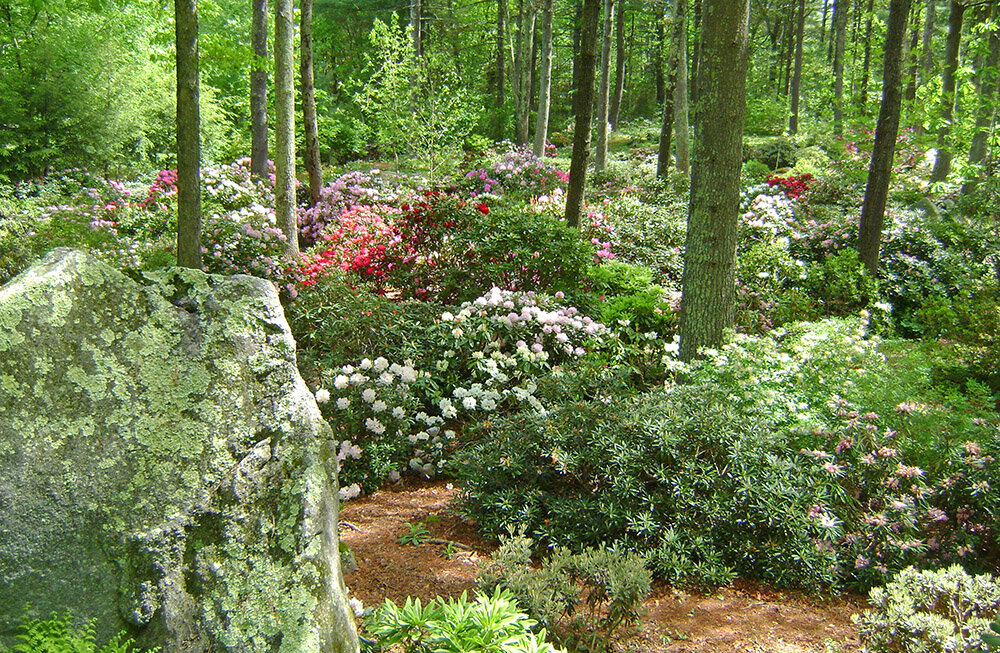Siberian Cypress: A Feathery Carpet for the Winter Garden
/Microbiota decussata, commonly known as Siberian cypress, is a relative newcomer to the horticultural scene. It was first discovered in 1921, high above the treeline in the mountain ranges of eastern Siberia. It is native to only this small, remote region. For the next 50 years, the plant remained largely unknown to the Western world, partly due to the political secrecy of the former Soviet Union. It finally entered the horticultural trade in the 1970s, and has become available in mainstream nurseries in the past 20 years.
Microbiota decussata is the lone species in its genus, but is related to other members of the cypress family – junipers, arborvitae, and false cypress. What makes it a really special garden plant to me, though, is its low, spreading form, cold hardiness, and ability to grow in the shade. With long stems that radiate from the plant’s crown, Siberian cypress reaches a height of only 12” but a dazzling spread of 10’ if given the proper growing conditions. Its foliage is soft and feathery, bright green in spring and summer, turning to a bronzy-purple color in the fall and winter.
Siberian cypress is very cold hardy, surviving Zone 3 (-40 degrees F) winters with ease. It grows on a variety of soils, but needs good drainage. Although it tolerates drier soils once established, a mulch of wood chips, bark or pine needles is recommended to keep the root zone cool and moist. The only other maintenance that I perform is to remove dry leaves that become matted in the shrub’s crown in fall and winter. These can lead to yellowing and eventual die-back of the evergreen fronds.
When it was first introduced in the US, Siberian cypress was touted as a groundcover for shade. Since most conifers, especially the low ones, prefer full sun, this was a major selling point. Although Microbiota will grow in full sun, it prefers a lightly shaded position – not dense shade. I planted my first Siberian cypress 18 years ago in one of the most challenging spots in the garden – beneath a grove of Norway and sugar maples and hemlocks. The lack of moisture and sunlight has kept the plant at a modest 24” diameter, but it has survived. Another Microbiota, planted many years later at the foot of my rhododendrons in partial shade and better soil, extends its lush branches to form a gorgeous 8’ wide circle. With no major pests and diseases, and not bothered by deer or voles, Siberian cypress is a shrub that I can easily recommend to others.
Siberian cypress has many uses in the landscape. Although attractive alone, it is stunning in large groupings. Its low stature, wide spread and ferny, layered foliage, make it an ideal groundcover. I particularly like its texture contrast with broadleaf evergreens such as rhododendrons, hollies, pieris and mountain laurels. In the summer, it is a wonderful companion to large hostas. But the time of year that I appreciate it the most is during my winter walks, when I see how much this hardy survivor from Siberia adds to the beauty of my garden.
You Might Also Like














